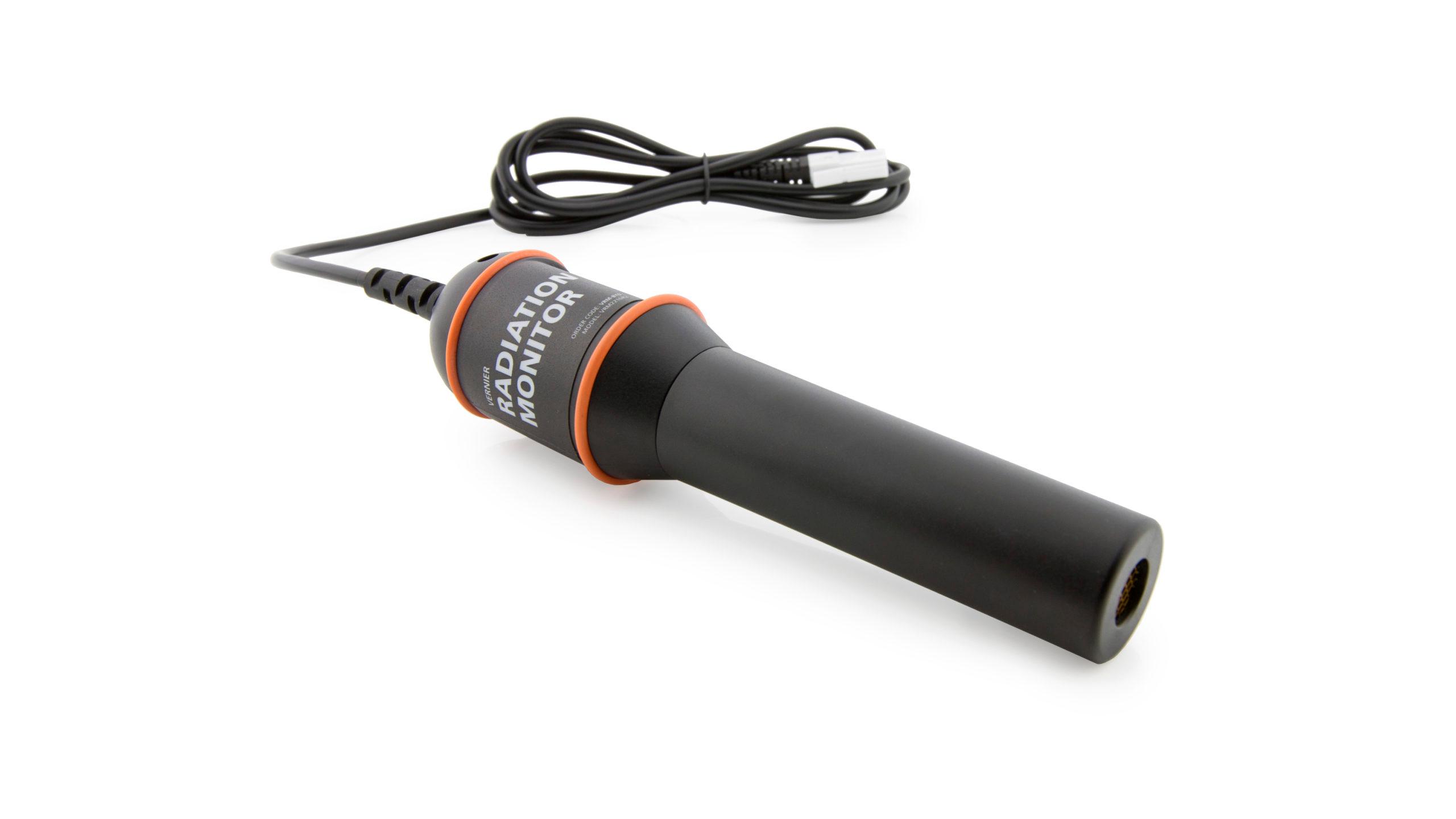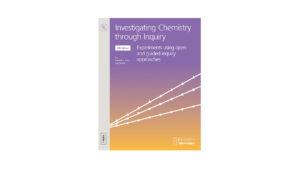Introduction
Nuclear radiation can be broadly classified into three categories. These three categories are labeled with the first three letters of the Greek alphabet: α (alpha), β (beta) and γ (gamma). Alpha radiation consists of a stream of fast-moving helium nuclei (two protons and two neutrons). As such, an alpha particle is relatively heavy and carries two positive electrical charges. Beta radiation consists of fast-moving electrons or positrons (an antimatter electron). A beta particle is much lighter than an alpha particle, and carries one unit of charge. Gamma radiation consists of photons, which are massless and carry no charge. X-rays are also photons, but carry less energy than gammas.
After being emitted from a decaying nucleus, the alpha, beta or gamma radiation may pass through matter, or it may be absorbed by the matter.
Objectives
In this Preliminary Activity, you will use a radiation monitor to determine the absorption of beta radiation by paper and by aluminum.
After completing the Preliminary Activity, you will first use reference sources to find out more about nuclear radiation before you choose and investigate a researchable question.
Sensors and Equipment
This experiment features the following sensors and equipment. Additional equipment may be required.
Option 1

Option 2

Ready to Experiment?
Ask an Expert
Get answers to your questions about how to teach this experiment with our support team.
- Call toll-free: 888-837-6437
- Chat with Us
- Email support@vernier.com
Purchase the Lab Book
This experiment is #25 of Investigating Chemistry through Inquiry. The experiment in the book includes student instructions as well as instructor information for set up, helpful hints, and sample graphs and data.

